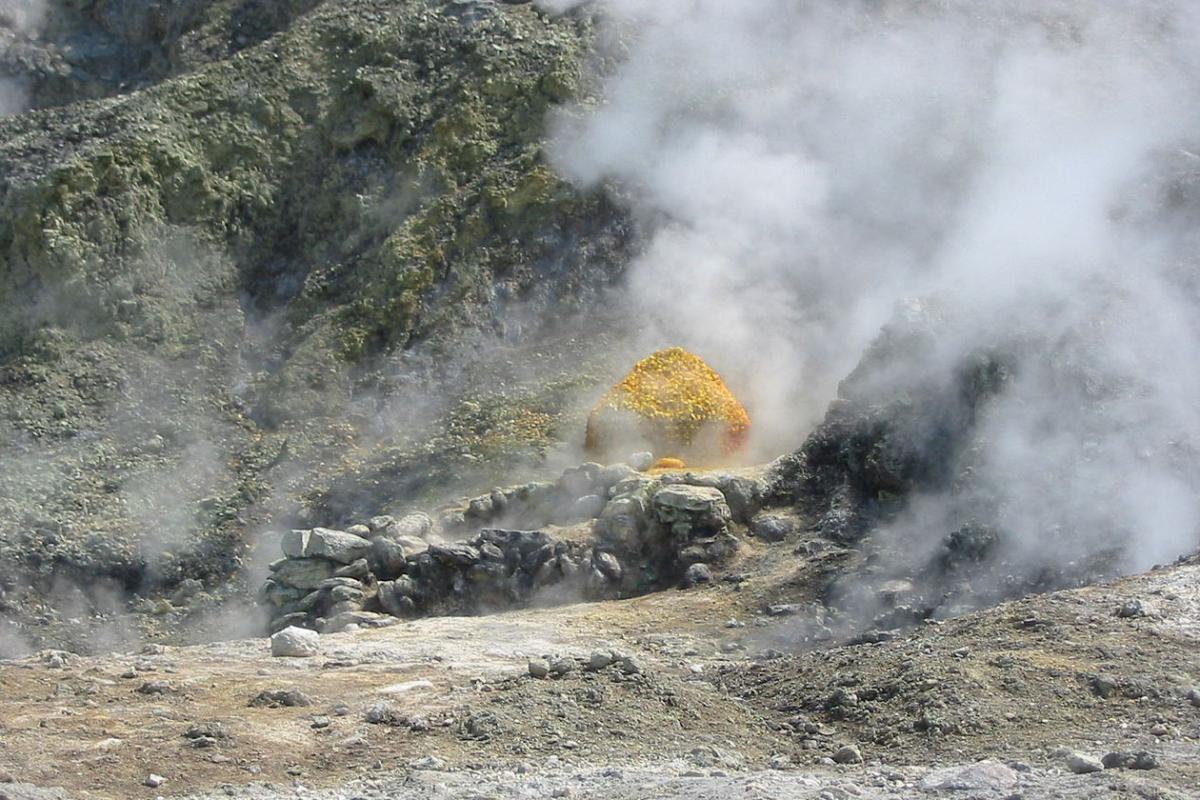D: Y’know Yaël, just like the impact of an asteroid or a comet, the explosion of a volcano can be a major disaster. Thirty-nine thousand years ago the Campi Flegrei volcano blew up in what’s now Italy, blasting seventy cubic miles of molten rock into the stratosphere. Toxic volcanic ash fell as far away as central Russia, destroying vegetation and disrupting plant life for decades. It injected vast amounts of sulfur dioxide into the upper atmosphere, which reflected the sun’s radiation and caused a “volcanic winter” that lasted years. The event may have contributed to the extinction of Neanderthal humans. If this happened today, millions would starve due to the disruption of agriculture alone.
Y: There have been much larger volcanic explosions, Don. There have been three in the last million years that have ejected more than two-hundred-forty cubic miles of rock and qualified as supervolcanoes. These were planet-wide disasters. One formed the Yellowstone caldera in Wyoming, six-hundred-forty thousand years ago.
D: Could something like that happen again in the future?
Y: On a long timescale, it’s inevitable. NASA scientists estimate that supervolcanic eruptions happen twice as often as asteroid or comet impacts of similar destructive power. The most important supervolcanic hotspot today is Yellowstone. Some volcanologists believe it is charged and ready to erupt, but that could mean anytime from now to tens of thousands of years from now.
D: Is there anything we could do to prevent those eruptions in the future?
Y: That’s a controversial topic. A preliminary NASA study indicates it may be possible to gradually cool down supervolcanic hotspots over thousands of years by siting geothermal power plants around them, but many volcanologists remain skeptical.










